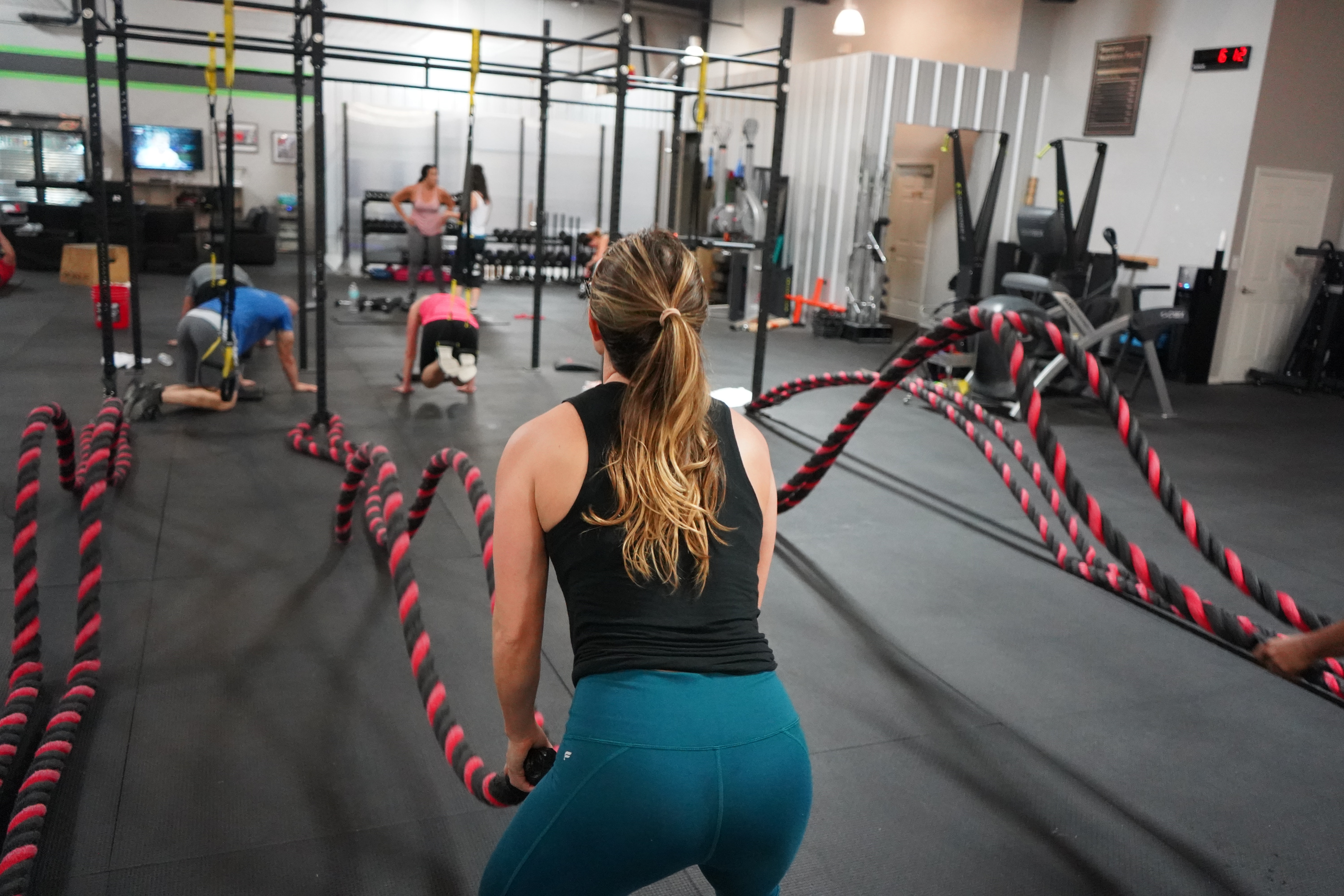Functional training: the alliance of sport & health
Let's start by defining what functional training is. As the name suggests, functional training is based on two simple principles, the first of which can be understood by the name. The idea is to refer as much as possible to the everyday gesture so that the training really serves in everyday life. We will then learn how to lift heavy loads correctly in order to not injure our backs, or how to lift shopping bags or climb stairs. There are many movements that are similar to those of everyday life that we learn to do in the most efficient way possible.
The second principle is to make the muscle chains work as a whole. The muscles are not worked in isolation (as is often the case in strength training). The different muscle groups are worked at the same time. These is known as polyarticular exercises.
When talking about functional training, we often think of Crossfit©, which is one of the best-known disciplines in this type of sport.
Generally speaking, in functional training we find three different disciplines: gymnastics, cardio & weightlifting.

Gymnastics in functional training
Gym movements are many and varied. They promote precision, balance, coordination, and agility. It's really technical work! Examples: climbing ropes, isometric work, handstand walk, pull-ups, ring rows, etc.
These exercises are generally performed using body weight. They strengthen the whole body without any additional weight!
Cardio, one of the pillars of functional training
Cardio training is based on endurance activities to improve cardiac capacity.
To improve your endurance, several possibilities are available to you:
- HIIT circuits: these are sessions at high-intensity intervals of about 25min. For beginners or experienced riders, don't wait any longer, try it out!
- Real special cardio sessions: an example, the “Triple 3”. This session combines 3 exercises: rowing, skipping rope, and running. Enjoy!
.jpg)
Weightlifting
A true pillar of functional training, weightlifting requires a combination of strength, coordination, power, and flexibility. Its different movements allow both muscular strengthening and technical work to be carried out.
In conclusion: what are the benefits of Functional training? This sport allows you to be complete and to strengthen the whole body. It also allows you to optimize and be more efficient in your daily movements, whether you are moving house or walking up the stairs at the office.





